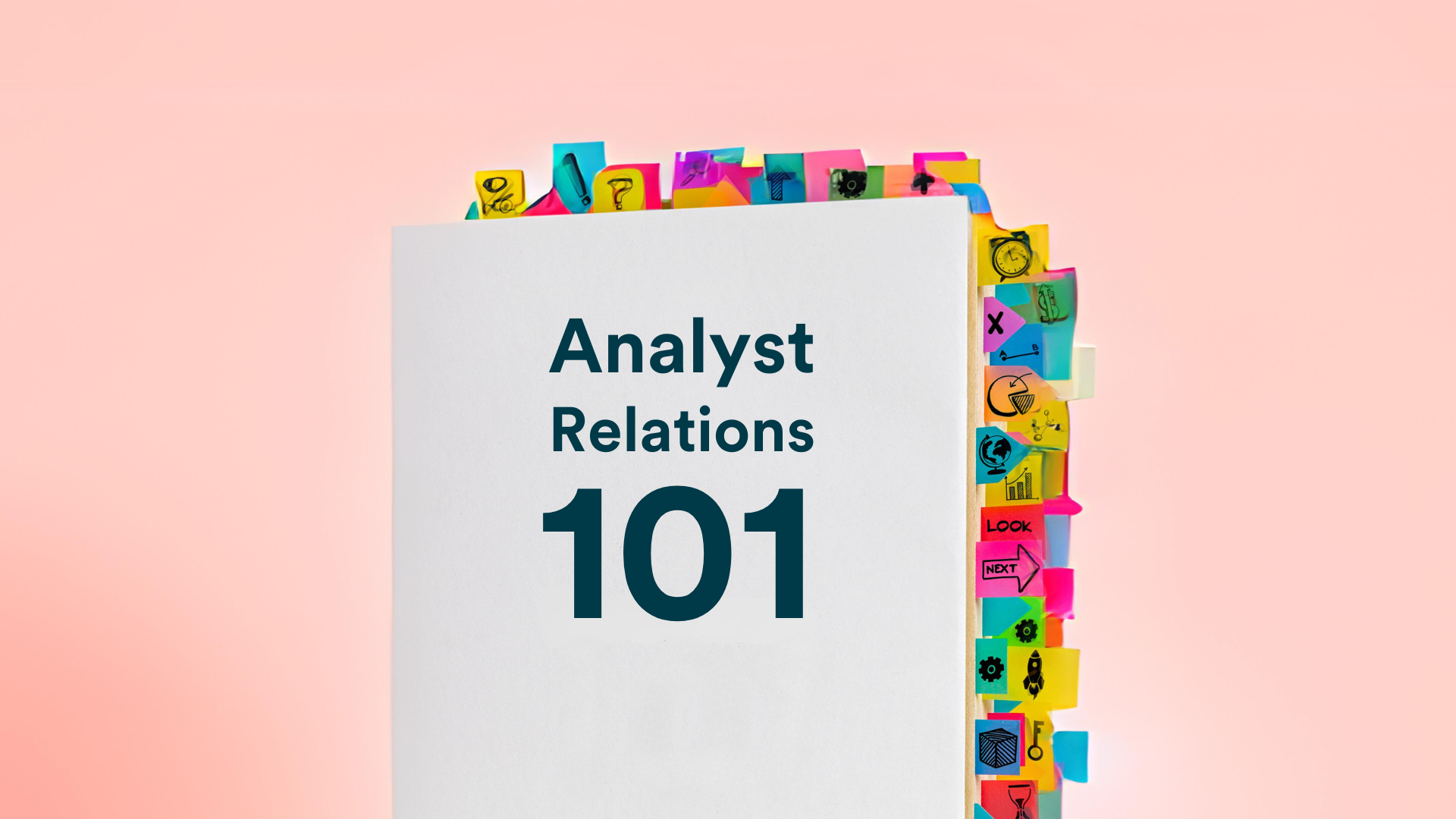This blog summarises the key pitfalls to avoid when engaging with analysts as discussed on this excellent webinar hosted by The Skills Connection.
1. Not identifying your key differentiators before you start
Two of the key pieces of information analysts are looking for when they engage with vendors are:
- What sets your value to customers apart from your competitors?
- What evidence do you have to explain these differences?
If you don’t prepare your spokespeople with this information, your interactions with analysts will not be as valuable as they could be. You also need to ensure consistency in differentiator messaging across all your spokespeople and all your interactions, to maximise your impact with analysts.
2. Leaving analysts to draw their own conclusions
You cannot simply provide analysts with lots of facts and figures about your performance and expect them to draw the conclusions you anticipate. Analysts are very busy people with hundreds of clients, so you need to tell them succinctly why your technology is groundbreaking and what the differentiators are if you want to have success. Vendors should explicitly call out their USPs and provide evidence for them. Analysts want to know where your sweet spot is in the market, and why your customers chose you.
3. Avoid too much marketing fluff
Often, vendors will assert their innovation successes, customer satisfaction, and other marketing spiels in their engagements with analysts without providing evidence. There’s a well-worn inventory of puffed-up language and claims that analysts see repeatedly from vendors. This is likely to turn off analysts who look for solid evidence to support marketing claims.
4. Repurposing presentations created for other audiences
Analysts are unique in their knowledge requirements and will not be interested in the same information as investors or journalists. From a commercial perspective, they will be interested in finding in-depth information about your business model, financial performance and market vision. From a technology perspective, they are interested in the problems you solve, whom you solve them for and what is unique about the way you solve them.
Vendors should be sure to provide analyst specific decks that cover this information if they want to have the best possible interactions with analysts.
5. Forgetting to show what your vision is
Vendors must present a clear market vision as part of their engagement with analysts and benchmark their vision against analysts’. If there are synergies between your vision and the analyst’s, then draw attention to these during your interactions. If you have a different perspective, then be sure to demonstrate why you think your vision is correct. That’s especially important if you are focused on market segments where general trends are not unfolding.
Your market vision should be regularly updated and easily digestible to have maximum impact.
6. Inside-out vs. outside-in
Sometimes a vendor spokesperson’s knowledge can be their own worst enemy.
Suppose they are deeply embedded in the technology behind their solution, particularly internal vocabulary. In that case, they can often end up using too much jargon or be guilty of showcasing technology for technology’s sake, rather than what the differentiators are and why your solution is valuable to customers.
It is essential not to get sidetracked from key messages: what is the customer benefit of your solution and how it is disrupting the market
7. Not rehearsing
Analysts are the most critical audience vendors present to, so there is no excuse for failing to prepare accordingly. In an evaluation setting, there is even less tolerance for errors like low connectivity, poorly prepared demos and time-overruns. Make sure your spokespeople know their stuff, can present your vision within the time available and ultimately keep it relevant and concise for the analyst.
8. Waiting to pile on after the decision is made
Some vendors are guilty of trying to convince analysts that their position is correct too long after the analysts have made their differing position clear. For example, some firms put insufficient effort into the RFI and briefing, hoping they can change Gartner’s mind at the review stage. Vendors will reactively scramble to present new evidence to Gartner to get their Magic Quadrant dot movedif they did not get their desired result. Although CCgroup has helped clients to improve MQ cautions at that late stage, waiting for review is often too little, too late for a major correction. This is a particular problem for vendors who don’t take a more strategic approach to analyst evaluations and only wake up to it when there is an important report such as the Magic Quadrant.
To avoid this, vendors should plan analyst evaluation campaigns on an annual basis, both between evaluations and during them to ensure they reach the analysts that are important to their businesses and influence their perceptions regularly.
9. Not involving subject matter experts
The Gartner Magic Quadrant is one of the most important tools around, both for your marketing and sales and for buyers to structure their thinking. Most of your existing and potential customers will look to it before they make any buying decisions. Vendors should make sure they have their best people on it to make the most of this opportunity.
For the best results, vendors need the time of subject-matter experts (SMEs). Their senior marketing, strategy and salespeople can co-create the best possible submission. Success requires time and commitment! If fresh insights are contributed, then AR leaders and external consultants can then weave their contributions together.
10. Not combining Peer Insights reviews with customer references
Once, the only way a Gartner analyst could understand the experience of every vendor’s customers was through references that they supply. These references are hugely important in helping analysts appreciate your business. Vendors need to work with their happy customers to provide accurate and precise references to help analysts understand how much value you bring to your customers.
However, references are declining in importance. Whether they like it or not, Gartner analysts are increasingly expected to use the customer reviews found on the Gartner Peer Insights website. Both references and reviews are a struggle. Gartner is generally making less use of customer references. Only reviews in English are accepted, and few analysts will accept references from customers in other languages, spotlighting Gartner’s somewhat limited capacity for dealing with other languages. Some of our clients have a small minority of their clients’ reviews accepted. Therefore, vendors need an ongoing, formal program to generate and track Peer Insights and other reviews.

Avoid these pitfalls, and you will have truly valuable interactions with Gartner analysts…and the rest. The more valuable your exchanges, the more you will influence the analyst community and ultimately make the most of marketing and sales opportunities provided by programmes like the Magic Quadrant. CCgroup is here to help.
To explore the topic of this blog in more detail please access the full whitepaper produced by The Skills Connection.














